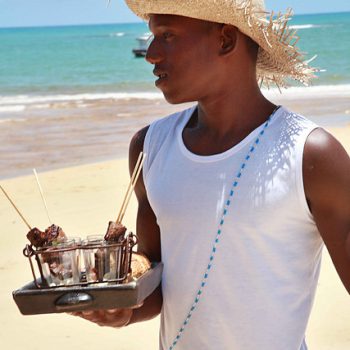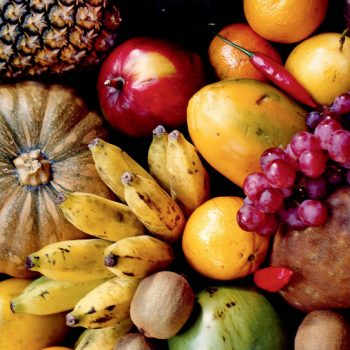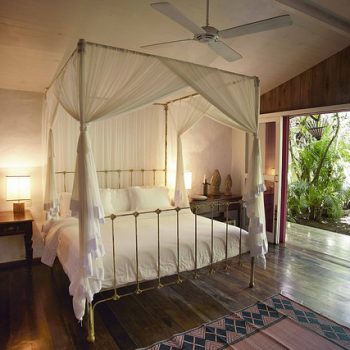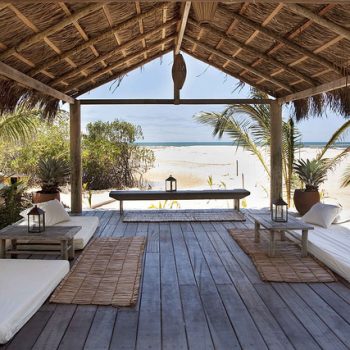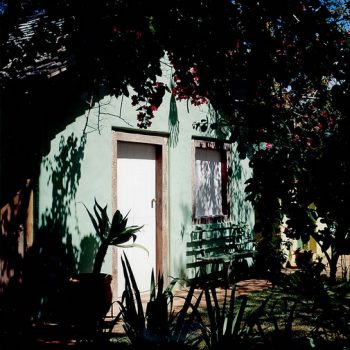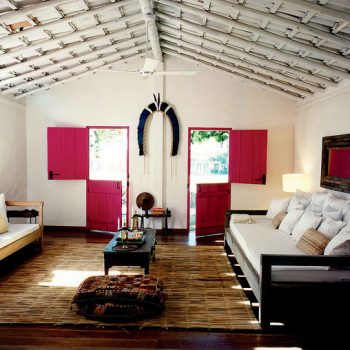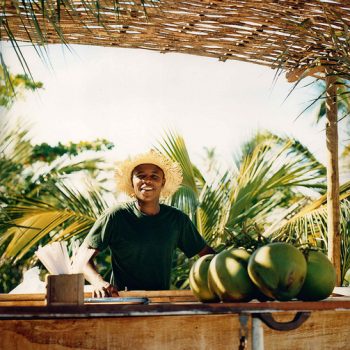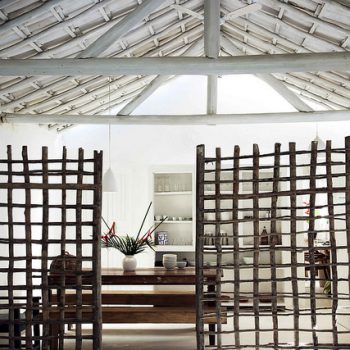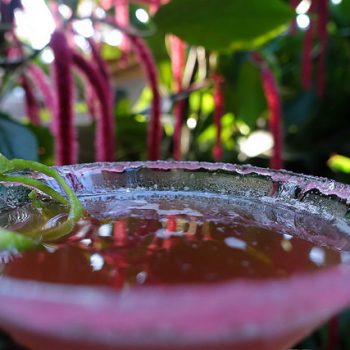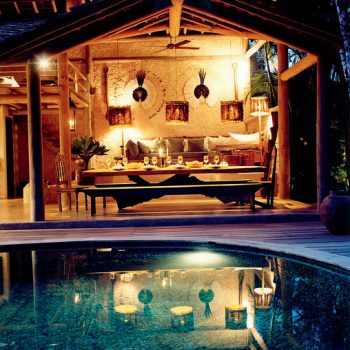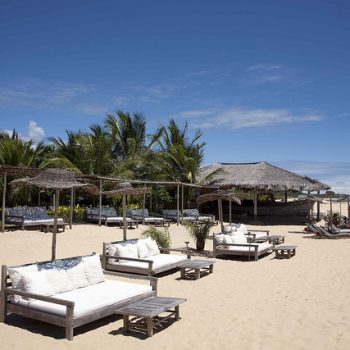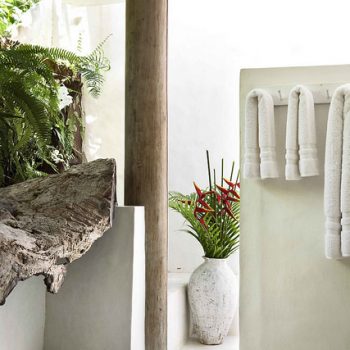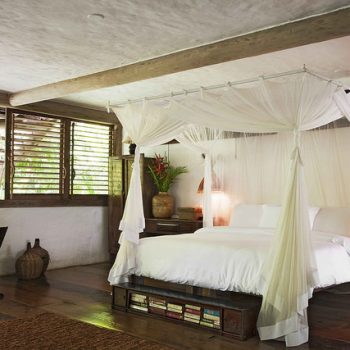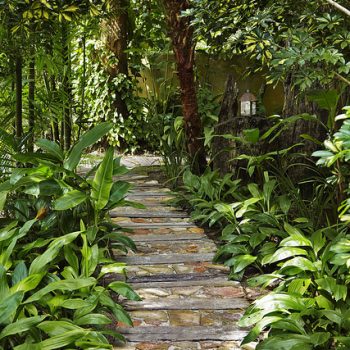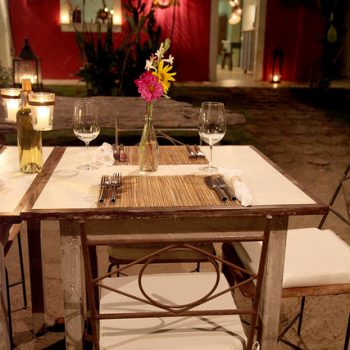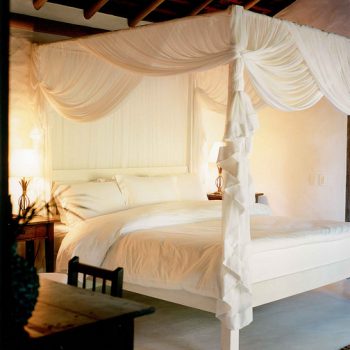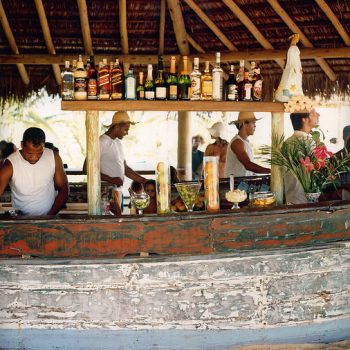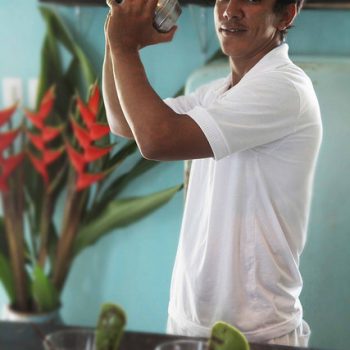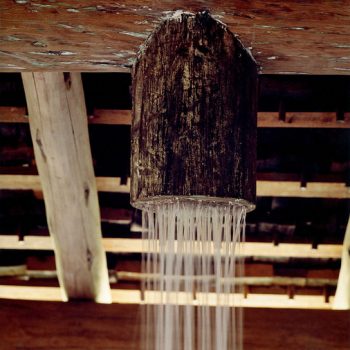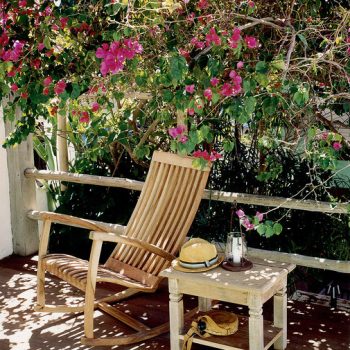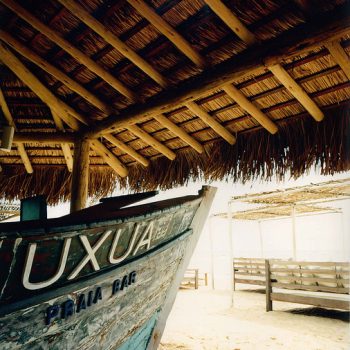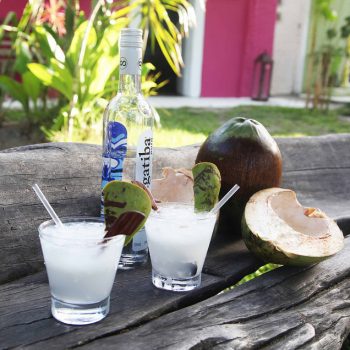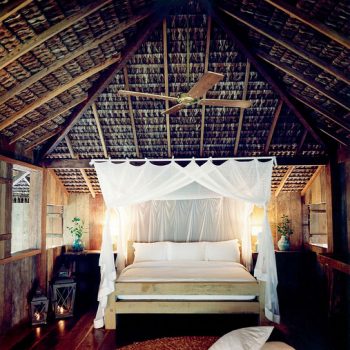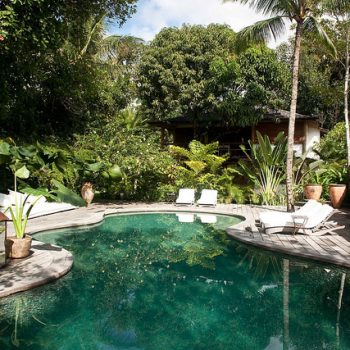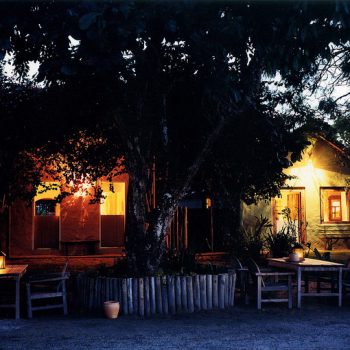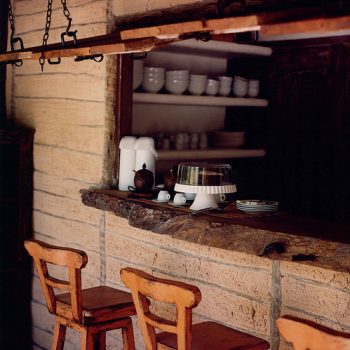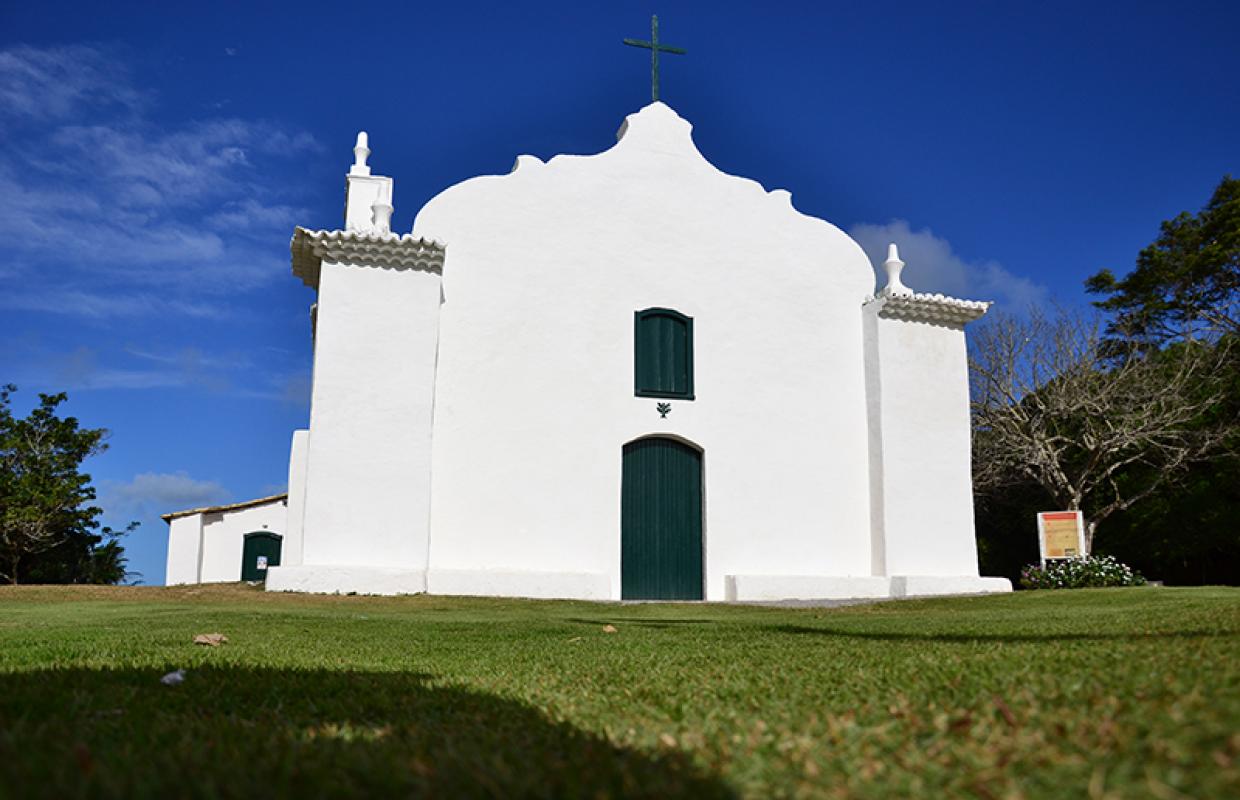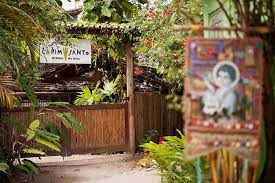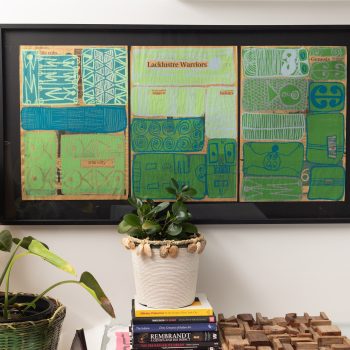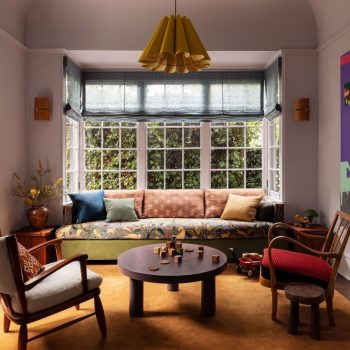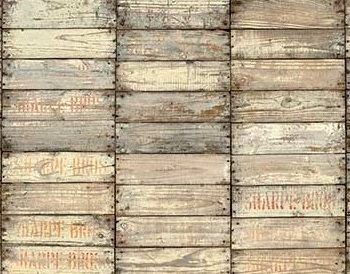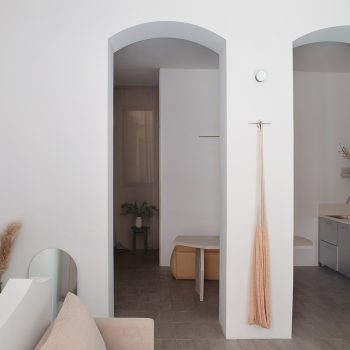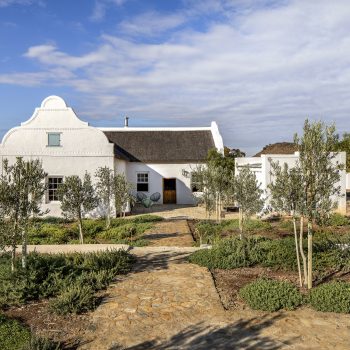Trancoso in the state of Bahia resides in an exotic location in the middle of 4000kms of Brazilian coastline. It is a tropical oasis with a vibe so laid back it could be imagined that time has stopped in this remote part of the world.
A little niche of historical fisherman’s huts characterises Trancoso with “…half dating back 500 years to the Village’s founding…”. At Hotel Uxua the vibrant colours of the casa’s seem to have been distilled from the tropical flowers and greenery to be found right outside their doors such is the intensity of colour. Waking up in one of these to the verdant smell of dawn, the sounds of silence and the swaying bouganvillia patterns imprinted by the sun on your wall would be akin to waking in utopia.
“Trancoso in the 1970’s was still a barter economy filled with close-knit families of fishermen, farmers, and amazingly-skilled craftsmen.” It was then that a wave of Sao Paulo’s bohemian hippies descended and made Trancoso their home. When Wilbert Das (ex Diesel Creative Director) arrived in the village in 2004 he became enamoured of the natural beauty and friendly accepting locals. By 2006 having purchased an abandoned artist’s commune; he set up the UXUA with partner Bob Shevlin in 2008 / 2009. They had a vision then and it continues today. That vision is driven by a desire to work with and enhance the lives of indigenous natives and to harness an authenticity not readily found in more developed resorts around the world.
Since the duo arrived they have been “at pains to protect the area environmentally as well as in terms of local traditions and practices…in a collaboration which continues today, restoring houses, creating furniture, lighting, décor; all one-of-a-kind pieces with a soul.” In the process reclaimed materials and traditional techniques are used. “We strongly believe it’s best for Trancoso to contain its ‘footprint’ to the original centre of town, and encourage historical restorations of property – though we would never buy homes which natives live in, or displace a native person.”
Renowned for its Shangri-la aesthetic, the UXUA in Trancoso is a rich and fulfilling environment where guests are sedately pampered and there is complete engagement with the locals. Nonetheless it is also unique for a myriad of reasons not least because the Quadrado is UNESCO listed, no cars are allowed into the Quadrado and Capim Santo restaurant has been serving traditional Bahian food for over thirty years.
The story of modern day Trancoso began just twelve miles north in Porto Seguro where in 1500 Pedro Álvares Cabral a Portuguese diplomat stopped on his way to India. Part of that story includes the beautiful and historic church of São João Batista, one of the oldest churches in Brazil still holding Sunday services; the church forms the nucleus of the town at one end of the Quadrado.
Reading the many articles about Trancoso gives the impression of reading a Hemmingway novel – history, intrigue, mornings on the beach sleeping it off, languid lazy afternoons drinking double gin martinis as the burnt sun disappears behind a bank of silhouetted palms. An idyllic romantic picture emerges of being if not actually cut off from the world, then spiritually cut off. Given the talk around the rich and famous who visit (pretending they are not rich and famous) this idyll may not last long.
So little of the world is comprised of such values a fact Das is keenly aware of. Active support is given to local culture. In May 2017 “A Taste of Trancoso” was staged in London for three days by the UXUA; thus promoting the culture internationally. The UXUA has financed a school of capoeira, a cross between dance and martial arts derived from African slaves; it is accompanied by traditional instruments and singing. The centre provides a community hub for an activity that is unique to Bahia in this form and a way to keep youth engaged with their culture.
Trancoso is a microcosm of Bahian history; a crystallisation of over 400 years, Bahia was a melting pot of politics, colonial imperialists vying for the natural resources of Brazil on the back of empire building via the slave trade. It is the stuff of legends. Let’s hope the legend in its current form continues for another 400 years…
“The current village of Trancoso originates from a Jesuit village called St. John Baptist of the Indians founded c1583. The people remained nationally unknown until discovered in the end of the 1970s by hippies. At the time, it was just a group of houses arranged around a large lawn (called “Square”), with Igreja de São João Batista in the background, where it had a panoramic view of the sea. Today, this space is St. John’s Square, in the historic city center. From the 1990s, with the growth of tourism in the state and the construction of roads and airports, the tourism potential of the region has undergone rapid growth.” http://www.guiatrancoso.net/en_US
“Since 1985 Capim Santo a dream come true for Sandra Marques and Nando Leite, has been part of this spectacular scenery with the same coziness and informality from that time on, combined with the comfort that modern times require.” http://capimsanto.com.br/trancoso.html



